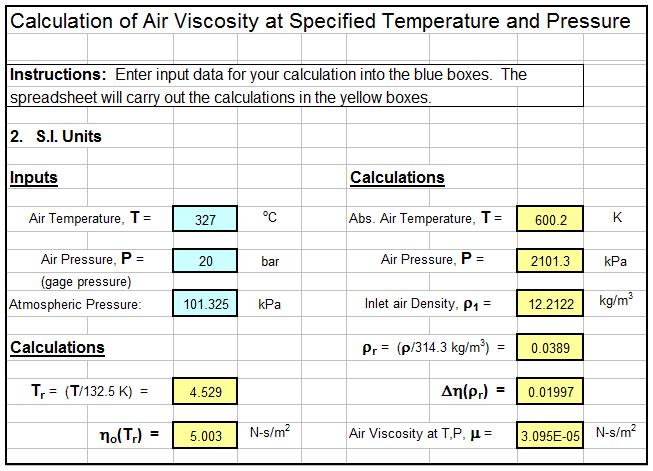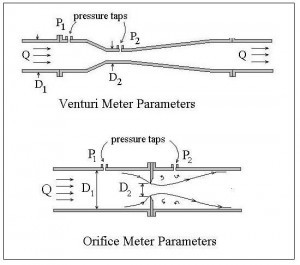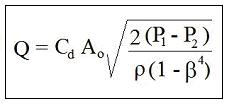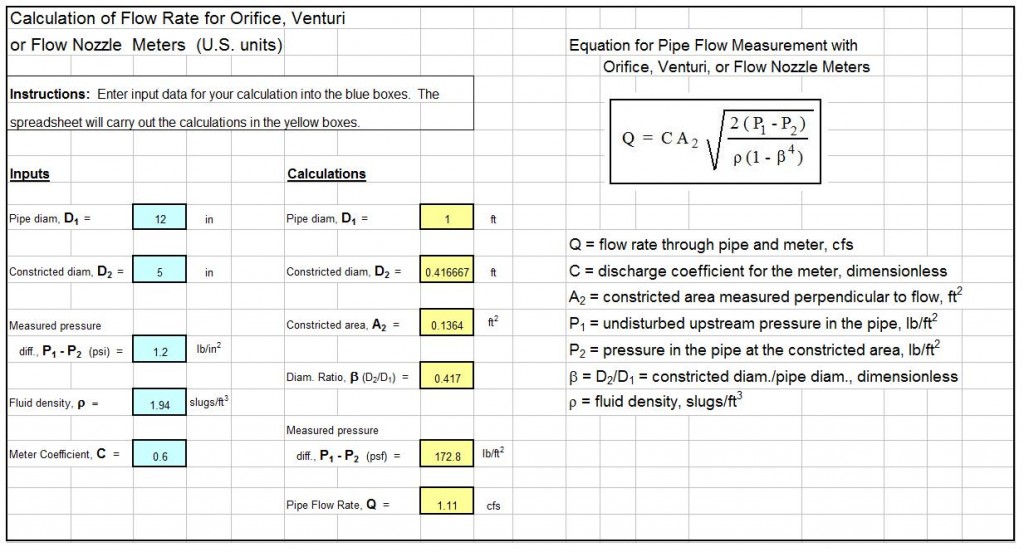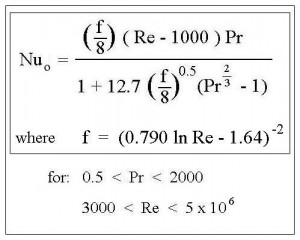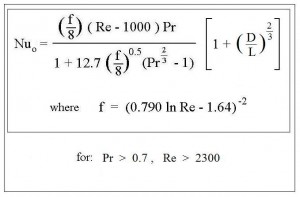Where to Find an Air Viscosity Temperature Calculator Spreadsheet
To obtain an Air Viscosity Temperature Calculator excel spreadsheet, click here to visit our spreadsheet store. Why use online calculators or tables to find the viscosity of air at a specified pressure and temperature when you can buy a convenient air viscosity temperature calculator excel spreadsheet for only $4.95? This spreadsheet will calculate the viscosity of air at specified pressure and temperature in either U.S. or S.I. units. Read on for information about Excel spreadsheets that can be used as an Air viscosity temperature calculator for specified pressure and temperature.
Air Viscosity Temperature Calculator Spreadsheet Applications
An Air Viscosity Temperature calculator excel spreadsheet can be used for any situation where a value of air viscosity is needed at a specified pressure and temperature. This could include calculations for air flow in a pipe, drag force or drag coefficient calculations for flow of an object through air, and any other calculation requiring the Reynolds number for air flow or flow through air. For example, see the related article, Fanno Flow Excel Spreadsheet for Air Flow in a Pipe.
Equations for an Air Viscosity Temperature Calculator Spreadsheet
Equations are available for an air viscosity temperature calculator to calculate the viscosity of air at specified temperature and pressure. The spreadsheet shown in the diagram below calculates air density using an equation for air viscosity as a function of temperature ratio, Tr , and density ratio, ρr , where in U.S. units: Tr = T/238.5 with T in degrees R and ρr = ρ/0.6096 with ρ in slugs/ft3. Since the air density is needed for this calculation, the spreadsheet also calculates the density of air at the specified air temperature and pressure. The complete equations are included in the spreadsheet discussed above and shown in the screenshot below.
Example Air Viscosity Temperature Calculator Excel Spreadsheet
The Air Viscosity Temperature calculator excel spreadsheet shown in the image below can be used to calculate the viscosity of air at given temperature and pressure as discussed above. This Excel spreadsheet and others for fluid properties calculations, in either U.S. or S.I. units are available for very reasonable prices in our spreadsheet store.
References
1. Bengtson, Harlan H, “Air Viscosity Calculator Pressure Temperature Spreadsheet,” An online informational blog article.

